In August, photographer Lynsey Addario traveled to the Kurdish region of northern Iraq to document the arrival of tens of thousands of Syrian refugees, most of them ethnic Kurds. The exodus, one of the largest among several since the beginning of Syria’s civil war in 2011, resulted from the reopening of a border crossing between Syria and Iraqi Kurdistan. The subsequent flood of new arrivals—permitted by the autonomous region’s authorities—has brought the total current number of Syrian refugees in Iraq to almost 200,000.
Iraqi Kurdistan’s relative stability provides respite from the tensions many of these refugees experienced in Syria, where they were systematically denied citizenship and forbidden from speaking their own language. The impetus for the exodus was not only physical but also economic survival. The Kurdish capital, Erbil, has enjoyed an unprecedented economic boom due to increased security and the lifting of international sanctions in 2003, which led to both increased foreign investment and a rise in oil exports, affording more lucrative employment opportunities. Nonetheless, refugee camps are overcrowded and getting worse daily. The United Nations High Commissioner for Refugees has stated that this most recent wave overwhelms its capacity in northern Iraq.
Since the conflict erupted, over two million Syrians have fled to neighboring countries Lebanon, Jordan, Turkey, Iraq and Egypt. That number is expected to swell to more than three million by the end of the year.
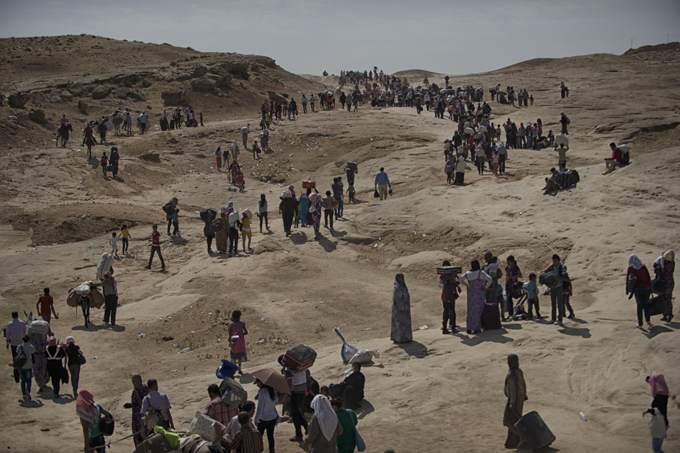
Thousands of Syrian refugees cross from Syria into the Kurdish region of northern Iraq near the Peshkhabour border point in Dohuk, Iraq. Iraqi Kurdistan has welcomed Syrian refugees, particularly those of Kurdish background, since the beginning of the conflict in 2011. Photo by Lynsey Addario, August 21, 2013.
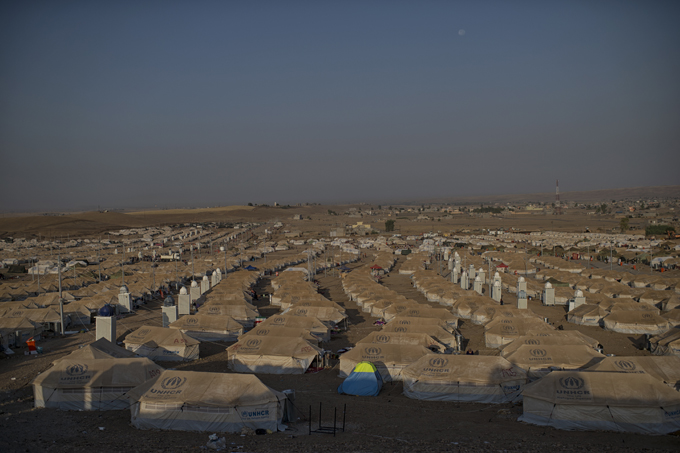
Kawergost camp outside of Erbil, in northern Iraq. The mostly ethnically Kurdish refugees are fleeing increasing insecurity, economic strife and a shortage of electricity, water and food. Photo by Lynsey Addario, August 23, 2013.
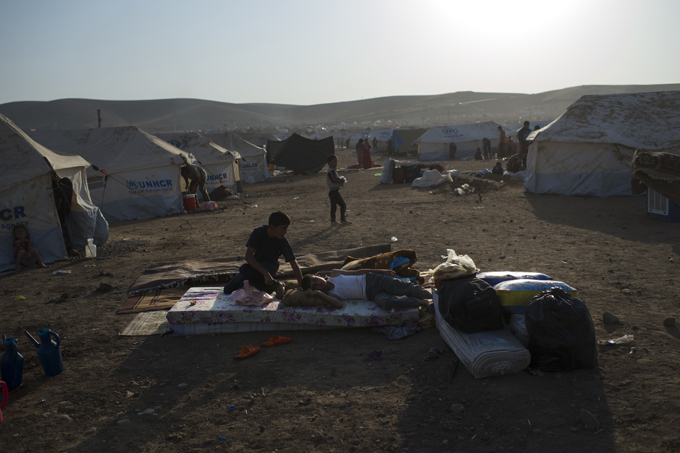
Refugees settle in Kawergost camp outside of Erbil, in northern Iraq. There are now nearly 200,000 Syrian refugees in Iraq, the majority of whom are Kurdish. The large influx—sometimes thousands a day—began when the Kurdistan Regional Government allowed refugees to cross the Tigris River using the reopened Peshkhabour Bridge. Photo by Lynsey Addario, August 23, 2013.

Syrian refugees get settled in the Karkos camp outside of Erbil, in northern Iraq. Iraqi Kurds, who share a strong sense of identity with Syrian Kurds, have been welcoming, yet camps have quickly become overcrowded. Over 50,000 Syrian refugees entered the Kurdistan region of Iraq between August 15 and September 2, 2013. Photo by Lynsey Addario, August 22, 2013.

A refugee child at the Kawergost camp outside of Erbil, in northern Iraq. The United Nations High Commissioner for Refugees is now constructing camps and moving refugees to relieve overcrowding, while appealing to other nations for aid. Photo by Lynsey Addario, August 22, 2013.
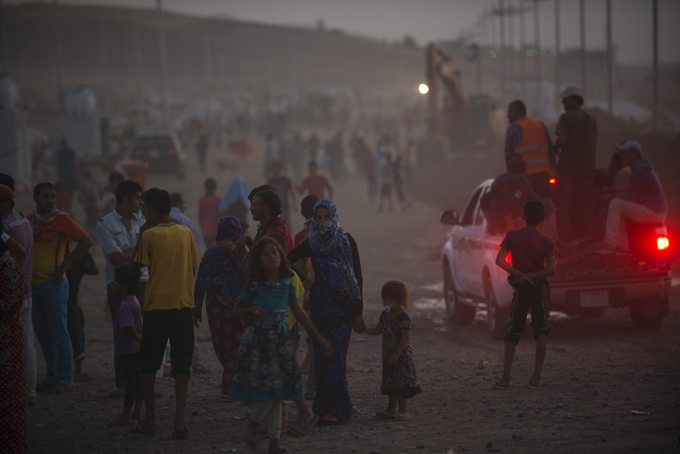
The Karkos camp outside of Erbil, in northern Iraq. Photo by Lynsey Addario, August 22, 2013.
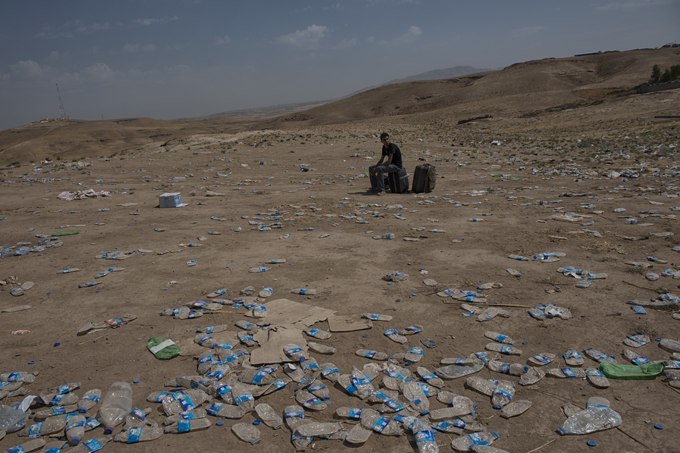
A man waits among water bottles, near the Sahela border point in Dohuk, northern Iraq. Photo by Lynsey Addario, August 21, 2013.

Syrian refugees wait for tents in the moonlight at the Karkos camp outside of Erbil, in northern Iraq. Photo by Lynsey Addario, August 20, 2013.
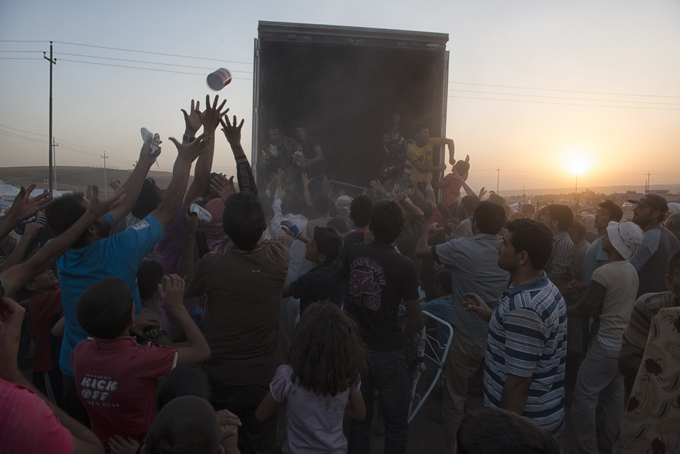
Syrian refugees clamor for clothes and other items being distributed by Kurdish people at the Karkos camp outside of Erbil, in northern Iraq. Photo by Lynsey Addario, August 20, 2013.

